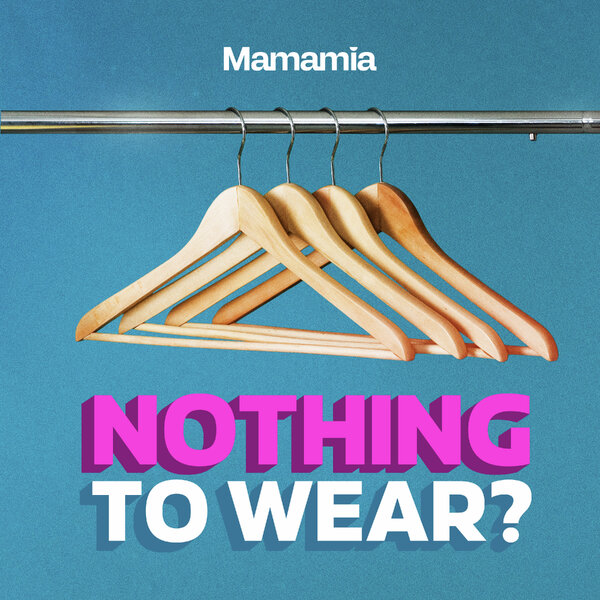Rwanda.
South Africa. Latvia. Ecuador. Cuba. Argentina. Namibia. Bolivia. Nicaragua.
These are just some of the 35 nations that rank higher than Australia when it comes to paying women.
The list also includes Norway, Iceland, Sweden, Denmark, the countries we know are star performers when it comes to treating men and women as equal citizens.
Each year the World Economic Forum publishes a gender gap report that looks at four things: education, political empowerment, economic participation and opportunity, and health and survival.
In a nutshell it asks:
Are women as well educated as men?
Do they have the same opportunities and pay at work?
Are their voices equally represented in politics?
Do they enjoy the same access to healthcare as men?
For ten years the WEF has looked at these four criteria in over 100 countries and ranked them accordingly.
The overall gap has closed by 4% in the past decade, with the economic gap closing by just 3%. It’s taken 10 years for women, on average, to earn what men were earning ten years ago.
At this pace of change it will take another 118 years for men and women to be equal. That means 2133 is going to be our year. (I won’t get the ice out to chill any champagne just yet.)
In 2006 Australia came in 15th place and we’ve moved backwards every year since. Between 2014 and 2015 Australia has slipped from position 24 to position 36. It’s a slip we need to talk about.
It is driven by a decrease in how women fare at work: in 2015 shouldn’t a nation like Australia be progressing, not regressing, in the way women engage in the workforce?


Top Comments
I would rather live in Australia than any of the countries listed at the beginning of this article, I've lived in many countries and this by far is the best.
This is so strange.
The headline talks about women not being paid fairly and the wage gap, then cites a report as proof when the report cited very clearly shows women do less paid work and are much more likely to be part time. The conclusion is obvious, less paid work means less pay.
Has the tennis taught you nothing. Equality can only be reached when pay is equal despite women doing less work.
I get your point but I will add this.
You are talking about entertainers, be it tennis players, movie stars, celebrities, football players etc. Hours worked and dollars earned are irrelevant in this instance. Their worth is only as much as they attract. It's totally different to your average Joe or average Jane which is what I was addressing.
If Serena Williams can bring in as much media coverage and sponsorship playing 3 sets as the men playing 5 sets, then good luck to her. They work in a different league to the rest of us.
I've never liked using mega wealthy entertainers with an audience as the standard.
It was tongue in cheek in order to underscore your point entirely.
I know that. I don't understand why the top 0.00523 percent of wealthy people are used as a standard for your everyday person in some circles, including this site.